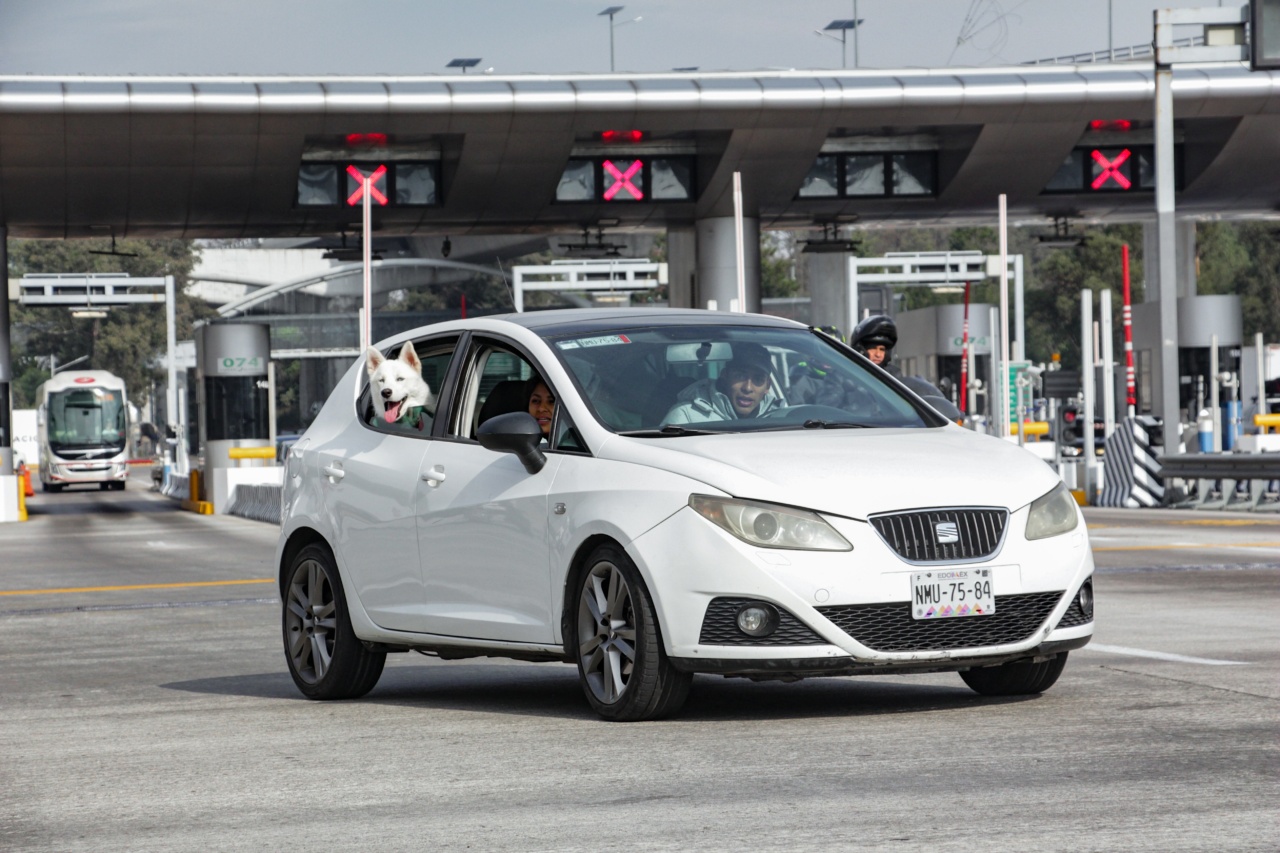It’s a sight that many of us have seen – a dog chasing after a moving car, seemingly oblivious to the danger.
But why do dogs do this? While there is no one answer that applies to all dogs, there are several reasons that dogs may engage in this behavior.
Instinctual behavior
Dogs are descendants of wolves, and as such, they have a strong instinctual drive to chase after things that move. In the wild, this behavior helps them to catch prey and survive.
Domesticated dogs still have this instinct, and when they see a car or other moving object, their instinct may kick in and they may feel compelled to give chase.
Curiousity
Some dogs may chase after moving cars out of simple curiosity. They may be interested in the sound that the car makes or in the way it moves.
Just as dogs may chase after a squirrel or bird, they may chase after a moving car simply because it catches their attention.
Territorial protection
Some dogs may chase after moving cars because they perceive the vehicle as a threat to their territory. If a car is driving near a dog’s home or yard, the dog may feel the need to defend its space and chase after the car to make it leave.
Boredom or excess energy
Sometimes dogs chase after moving cars simply because they are bored or have excess energy to burn.
If a dog is not getting enough exercise or mental stimulation, it may engage in behaviors like chasing after cars as a way to release its pent-up energy.
Poor training or socialization
Dogs that have not been properly trained or socialized may be more likely to chase after moving cars.
If a dog has not been taught to stay within its boundaries or to respond to commands like “stop” or “stay,” it may be more likely to engage in behaviors like chasing after cars.
Injury or illness
In some cases, a dog may chase after moving cars because it is experiencing pain or discomfort due to an injury or illness.
For example, if a dog has arthritis or hip dysplasia, it may be difficult for it to move around normally, so it may be more likely to engage in behaviors like chasing after cars as a way to release pent-up energy or frustration.
Lack of owner supervision
Finally, dogs may be more likely to chase after moving cars if they are left unsupervised for long periods of time.
If a dog is left alone in a yard or other area where it can see cars passing by, it may begin to engage in this behavior out of boredom or curiosity.
Conclusion
In conclusion, there are several reasons why dogs may chase after moving cars.
Whether it’s due to instinct, curiosity, territorial protection, boredom, poor training, injury, or lack of supervision, it’s important for dog owners to understand this behavior and take steps to prevent it from happening. By providing dogs with enough exercise, mental stimulation, and proper training and socialization, owners can help reduce the risk of their dogs engaging in dangerous and potentially deadly behaviors like chasing after cars.






























